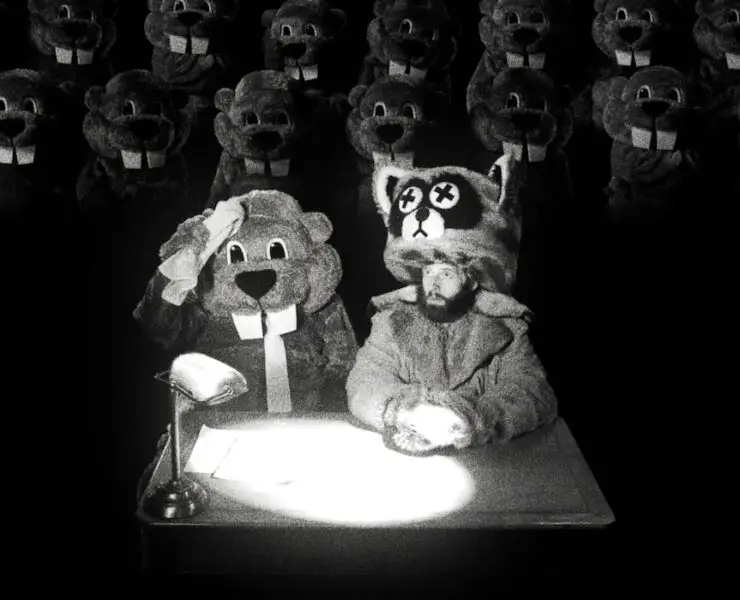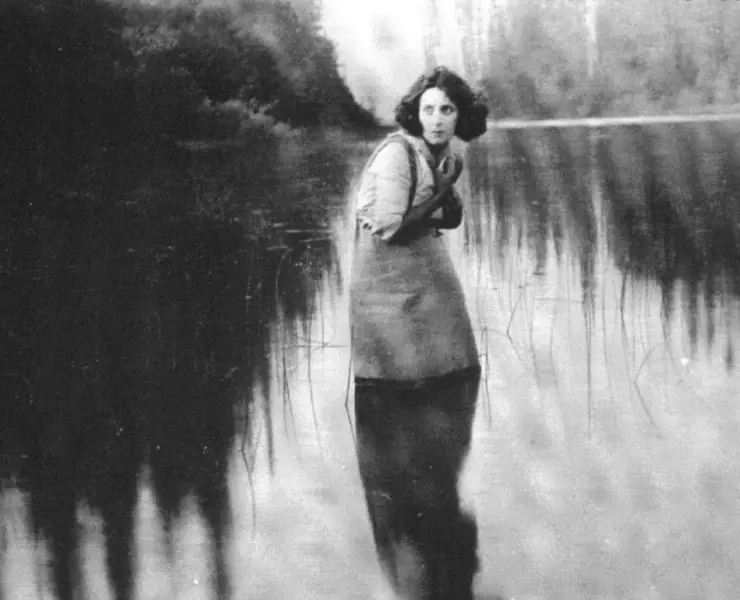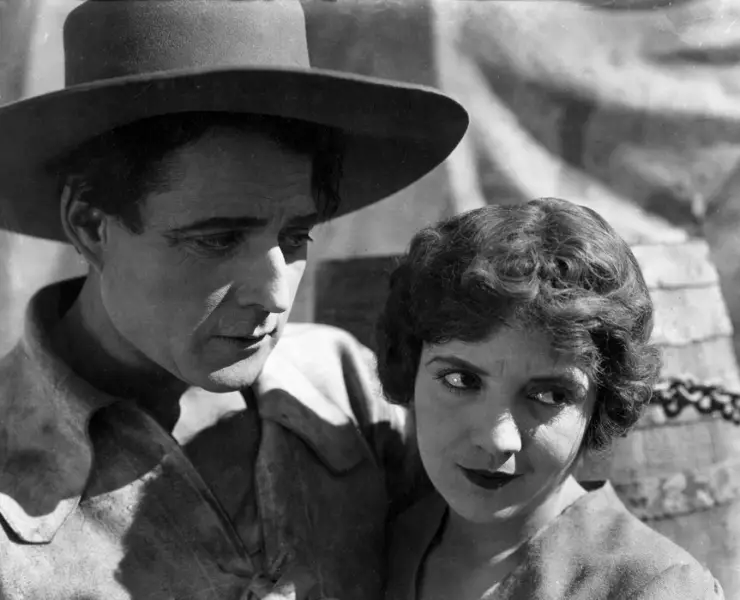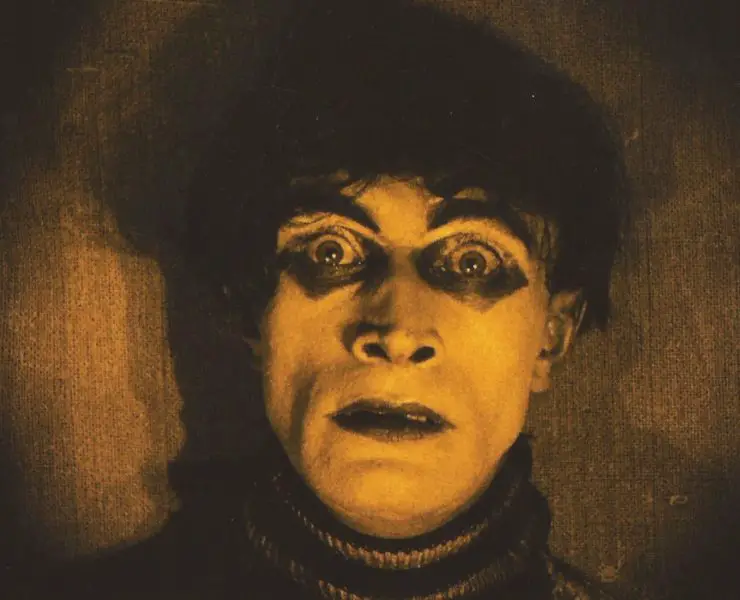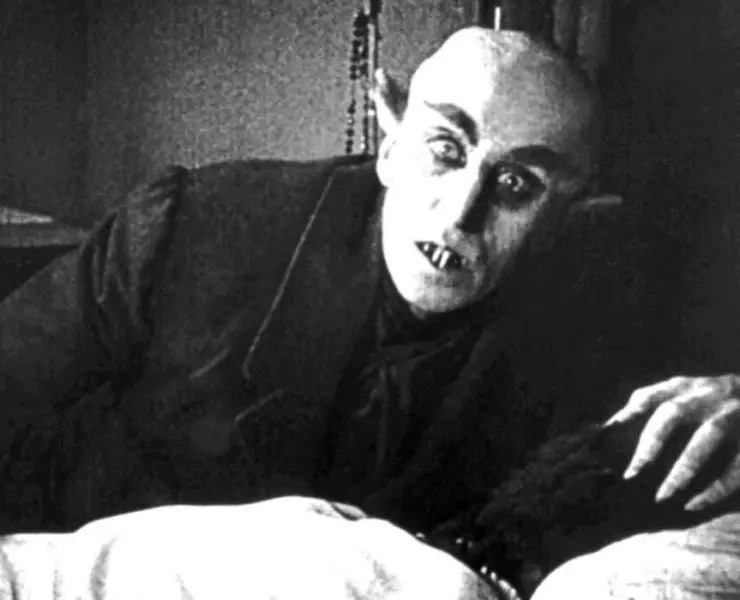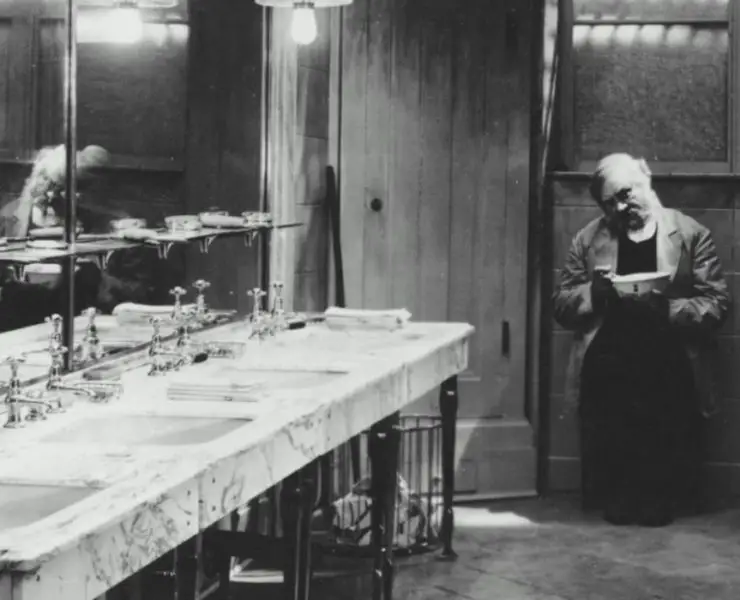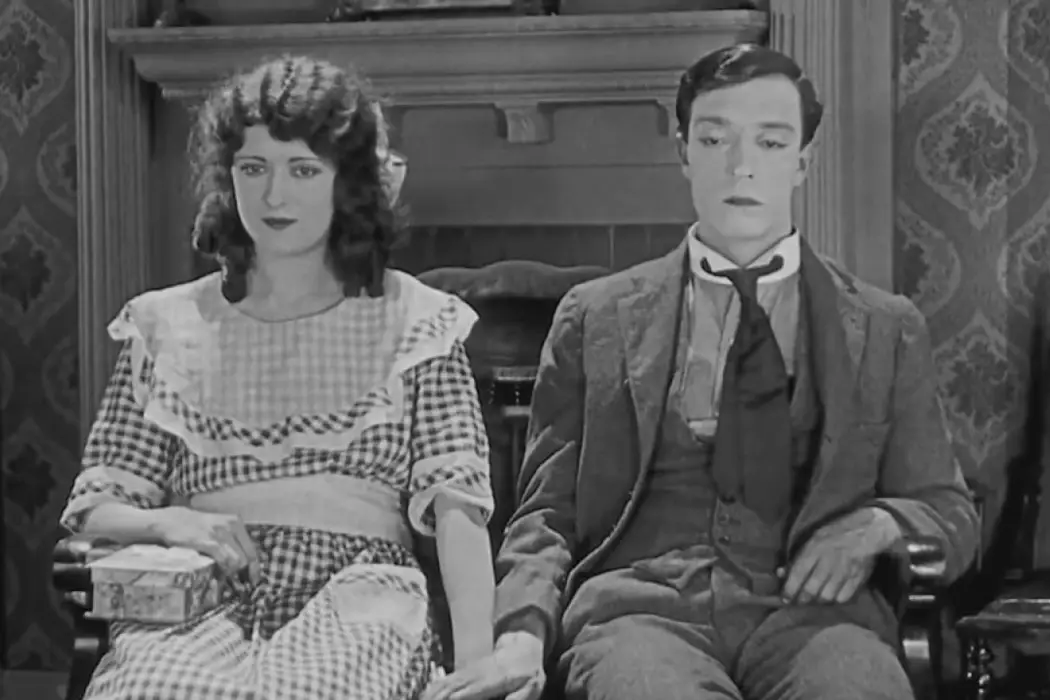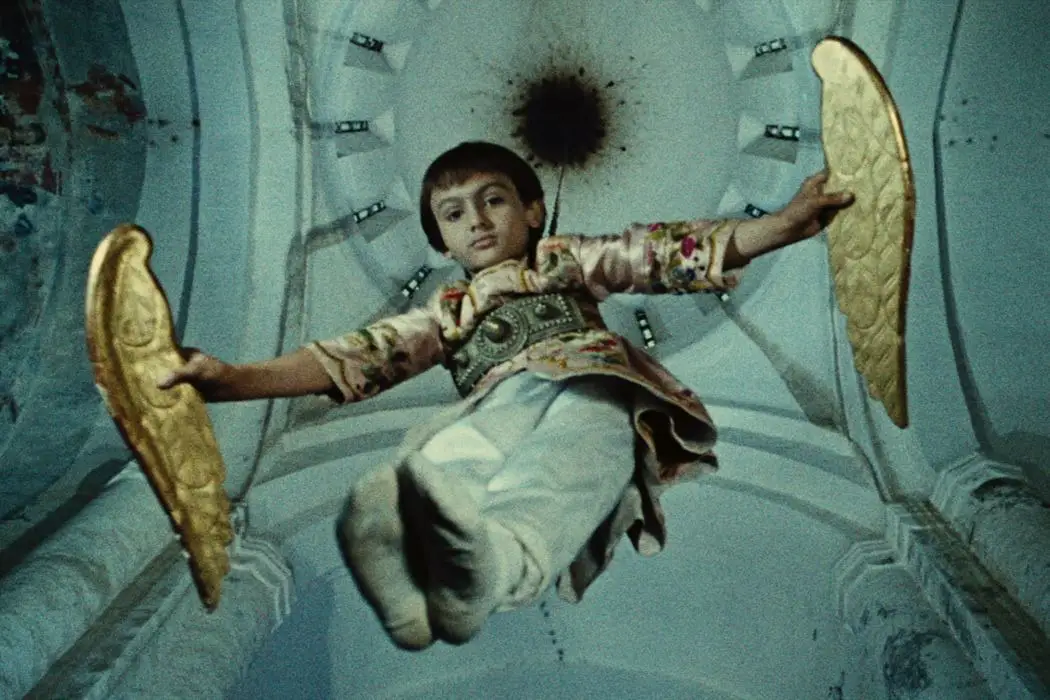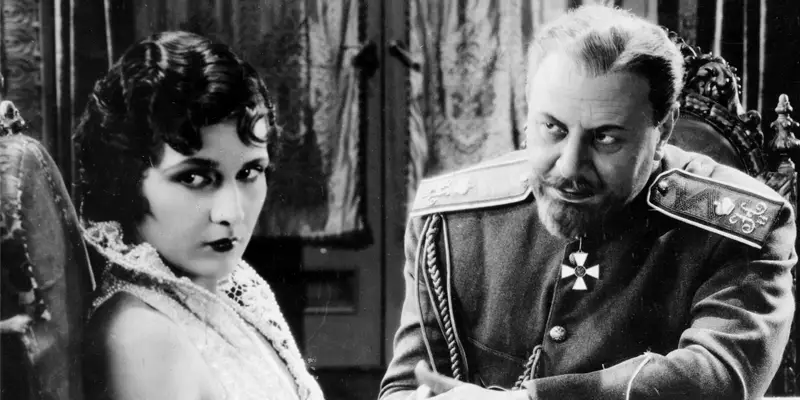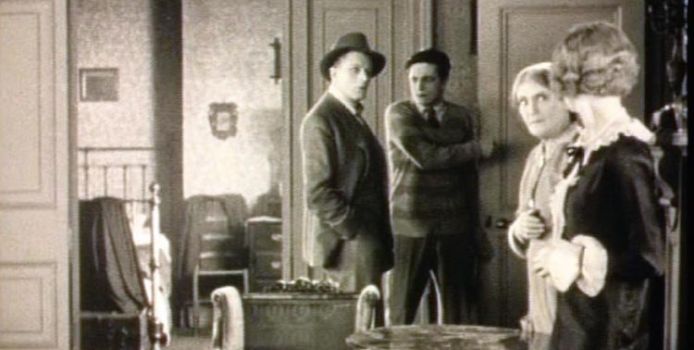silent film
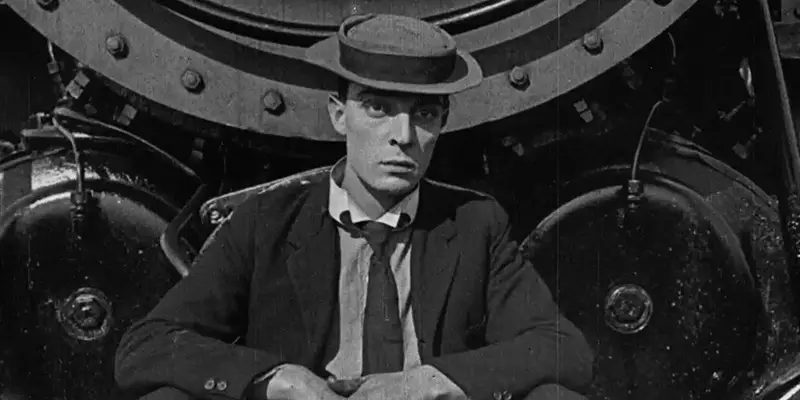
When I was younger and just starting to get into classic film, I found a copy of The General at a local DVD store. Watching it later, I still remember the exact moment when I was captivated by Buster Keaton’s unique charm and screen presence. In the film’s first extended action sequence, Keaton is chasing after a troupe of Union soldiers who had infiltrated and stolen his train, and in a series of fast-paced, whirring motions, he narrowly escapes one mishap after another.


